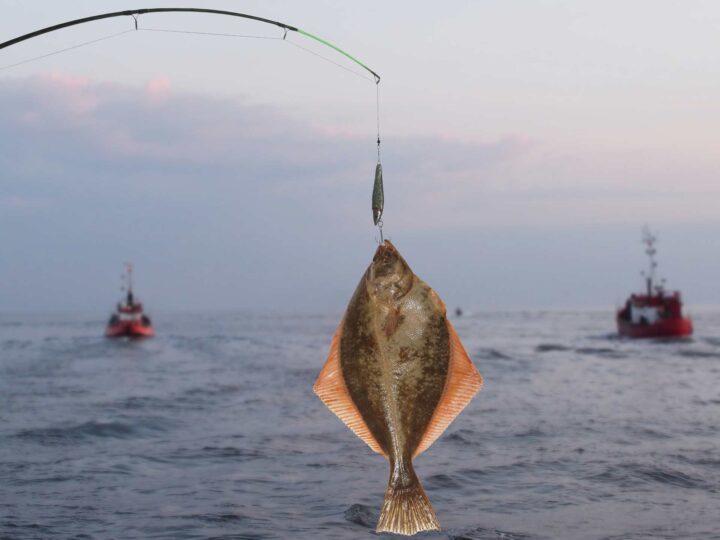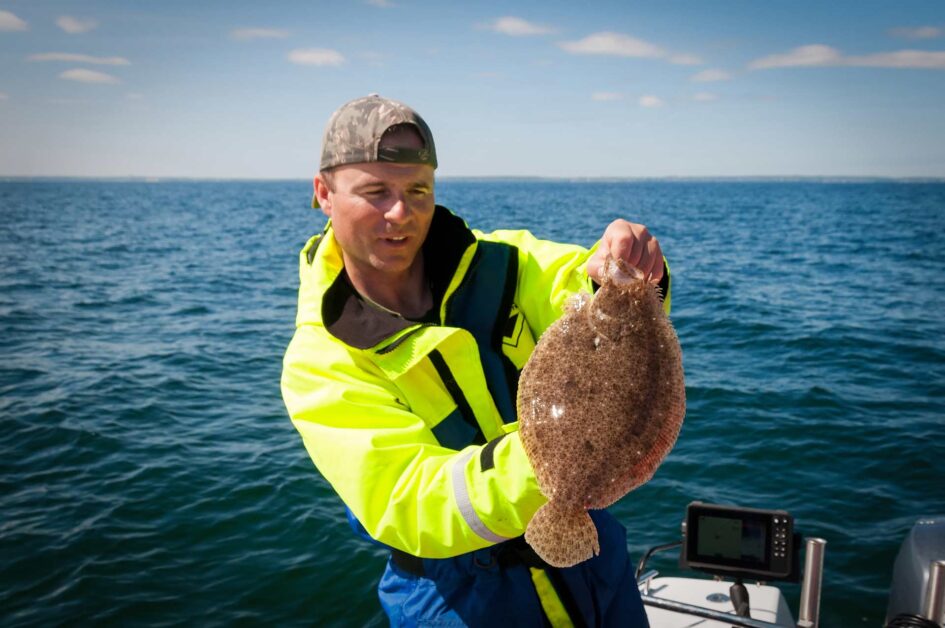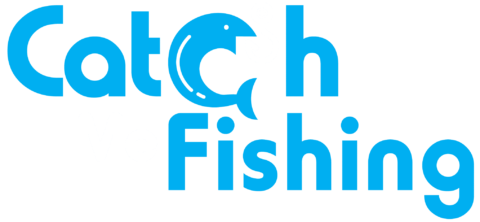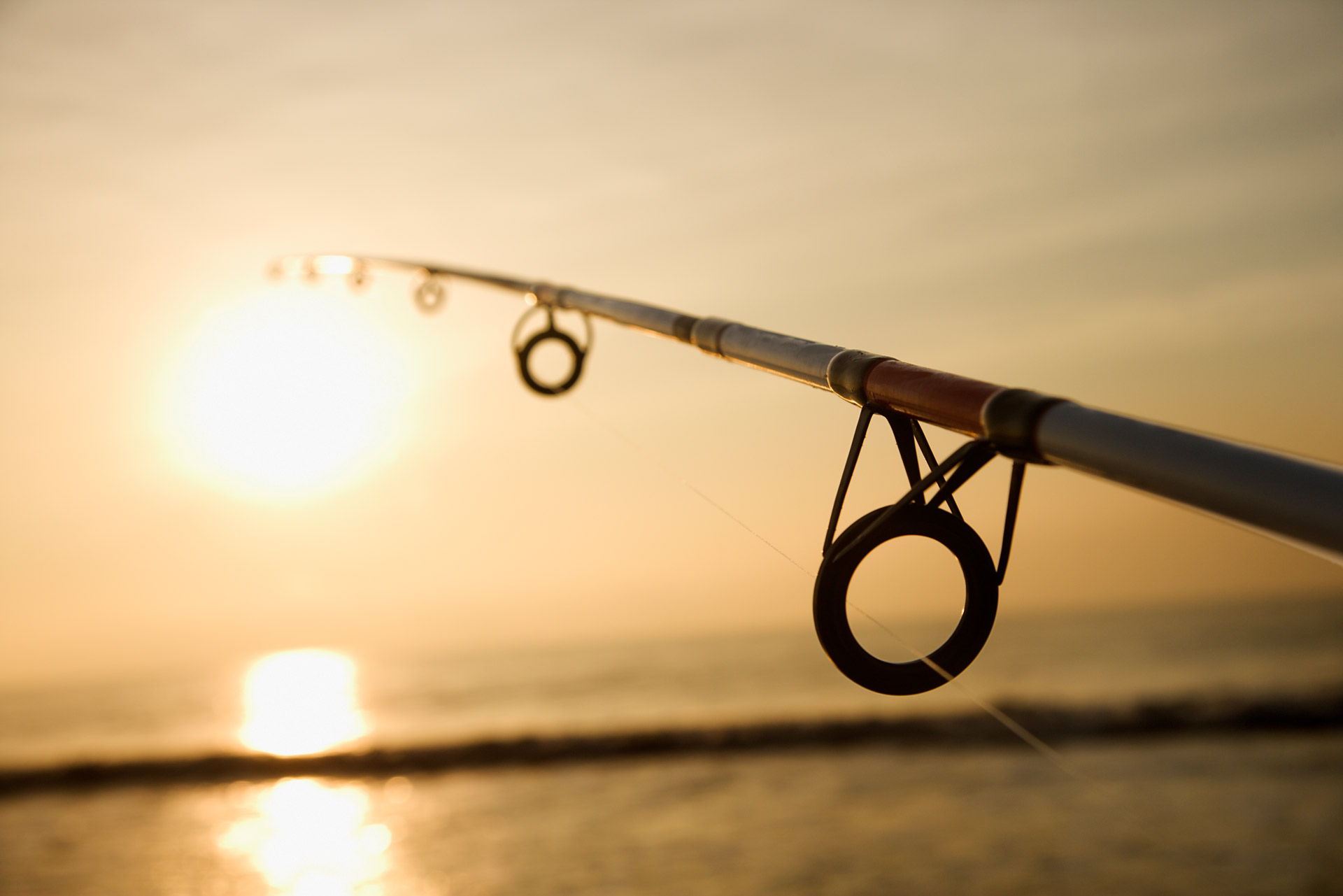Flounder Fishing in NC – How to Take Advantage of a Short Season

Flounder is one of my favorite fish to target in North Carolina, and I'm not the only angler that feels this way. In 2021, the season was only two weeks long, from September 1 to the 14th, which left many fishermen feeling rushed and disappointed that there wasn't more time to enjoy flounder fishing this past season.
The season for 2022 has not yet been determined, but we expect a decision sometime in May to disclose the details of the upcoming season. Whatever the final dates are is still up in the air, but most anglers sense it will be another short season on the horizon.
With a couple of weeks to enjoy Flounder fishing, we all want to be prepared to take advantage of our window. I decided it'd be a good idea to share my thoughts on how to take advantage of the short season with this article. Keep reading to learn how I plan to tackle Flounder season in 2022. Let's start with the basics!

Flounder Fishing Fundamentals
Know the Tides
Head to your favorite inshore numbers on your chart during high tide. You give yourself the best chance of landing Flounder or any other coastal species by casting during an outgoing tide. With the tide falling, the bait will begin to leave the mudflats and oyster beds and tempt your target species to follow.
Tide charts can be found at any local tackle shop, where you can also pick some helpful advice from the fellow at the checkout counter. When considering the tidal changes, keep "the rule of 12's" in mind to account for slowly tidal change at the beginning of the falling tide followed by a quicker flow towards the end.
To help take advantage of the short, I don't plan to miss many of the outgoing tides.
Tackle Box and Beyond
Having all of the Flounder essentials in your tackle box is another way to ensure you are prepared to make the most of the couple of weeks we have. It may seem obvious, but my preferred rig for Flounder is the good ole Carolina Rig. This is from 10-20 inches of fluorocarbon leader (20-30 pound test) with a swivel on one end and a hook on the other.
This leads me into suggesting you use live bait, which I have been having much success with for many years. Have a couple of buckets stocked with finger mullet in the 3-5 inch range.
Mud minnows, menhaden, and even pinfish are also viable choices for Flounder Fishing, but once again, with such a short season, I plan to have plenty of finger mullet ready to go as I have found this baitfish to help provide the most success.
Pair a Carolina Rig and live bait with a number 2 sinker, and your rig is just about complete. My rod and reel preference may be different from other anglers, so choose the right that suits you the best or go with a similar one already in your rod rack. However, I go with a 7-foot medium action rod paired with a 4000 series spinning reel. This setup can be used for most inshore species, so there is not much to change from my usual configuration.
With all of this live bait talk, I am by no means implying flounders won't bite artificial lures. Many anglers have great success with bucktails or even soft plastic, but our focus for this article is how to take advantage of the short season. Therefore, I'm not testing anything besides what I know to have worked well for me in the past few seasons.
Your Time Will Come
Patience. Any experienced angler knows how vital this virtue is. With a short season and limited outgoing tide, patience is still required for filling up your deck with doormats.
We all have the urge to set the hook as soon as we feel that initial hit but with Flounder, we sometimes need to wait up to a couple of minutes for the fish to turn and swallow the bait. This is especially true when fishing with live bait. The larger the baitfish, the longer the wait can be.
It would be best to be patient enough to allow the Flounder to turn the bait and swallow it. I usually give about 10 seconds to start considering a hook set from the first hit.
Patience, knowing the tides, and what to use as a rig are great, but knowing where they gather seems essential, right?
Where are the Flounder?
Having a good idea of where to fish before heading out is probably the best way to take advantage of a limited Flounder season. While all locations will have different things to look for, here are some general guidelines on choosing the right spot to start casting.
The prominent place to begin this is to say they gather wherever the baitfish can be found, but we then need to beg the question, where are the baitfish?
Baitfish tend to congregate around deep holes, drop-offs, artificial reefs, jetties, shipwrecks, and other structures where they can find shelter from predators. Another good place to look for baitfish is along the edge of a channel or shoal. These areas provide a ready source of food for Flounder, and therefore, these are areas you will want to plan on fishing in.
These areas are not easy to identify above the surface, so having a good fish finder to identify ledges and structure is essential for picking the right spot. Also, some of my favorite areas the fish in are around North Carolina's artificial reefs. These reefs are honey holes for a variety of fish, including Flounder.
Final Thoughts
Fishing for Flounder in North Carolina is one of my favorite memories growing up, and I still love it today. You can find success with the proper knowledge, the right tools, and patience. The best way to take advantage of this short season is by knowing where Flounder like to congregate, timing your trip with the tides, and being prepared with the right gear and bait.



